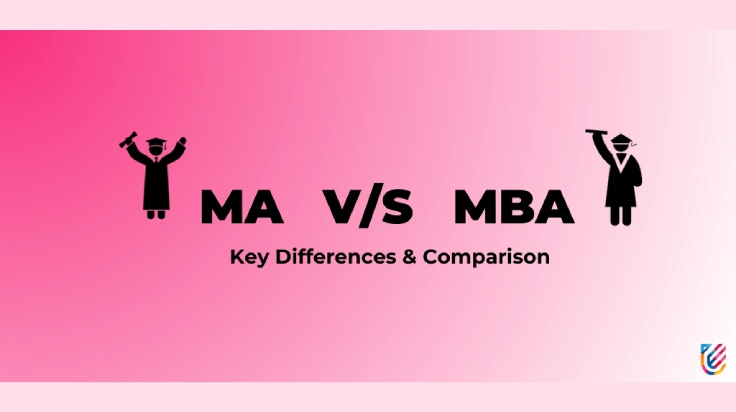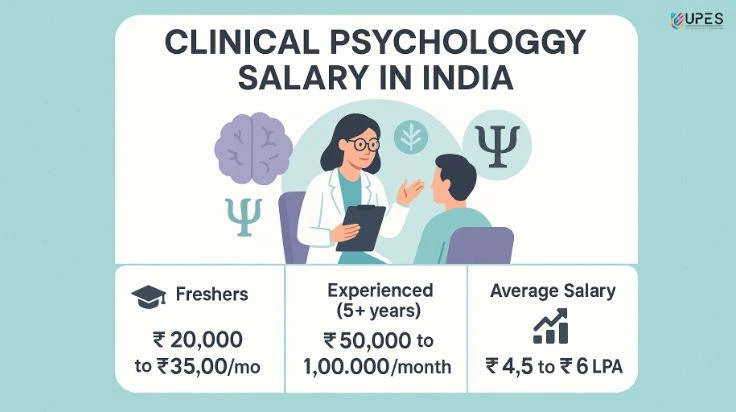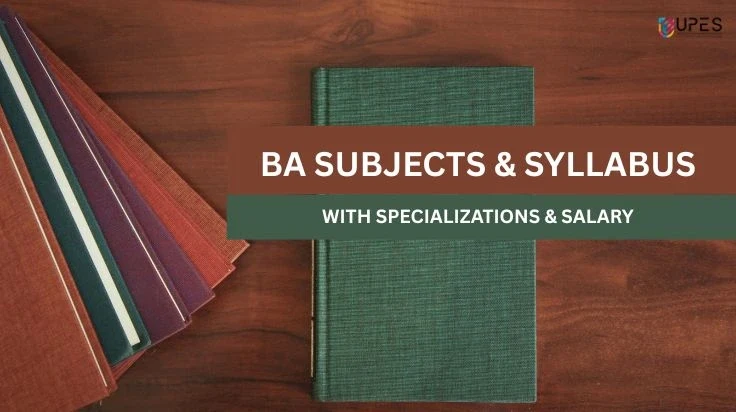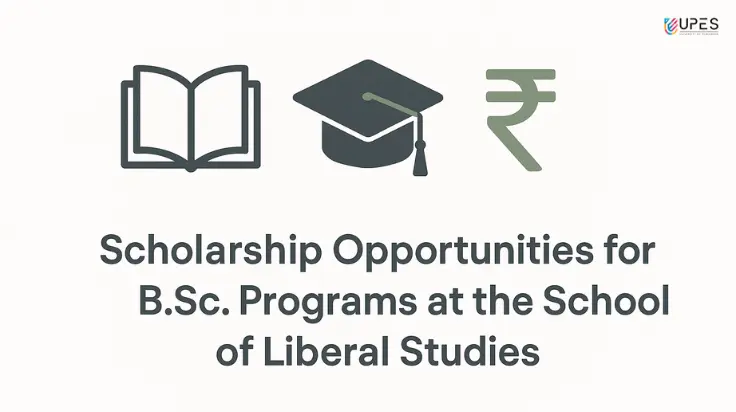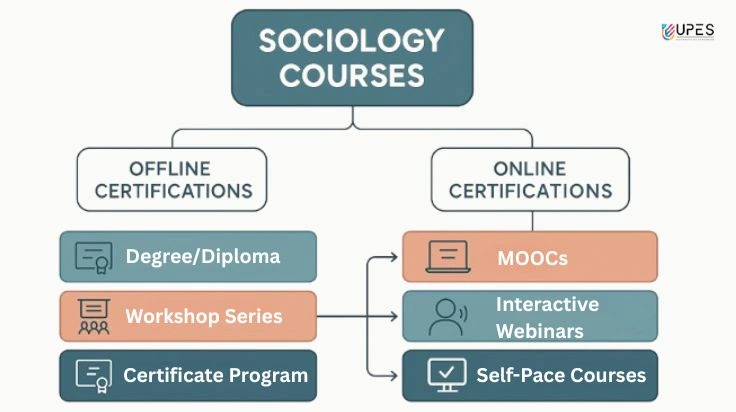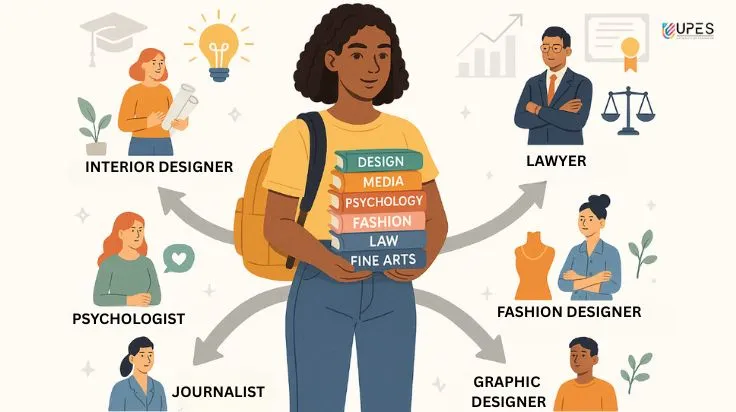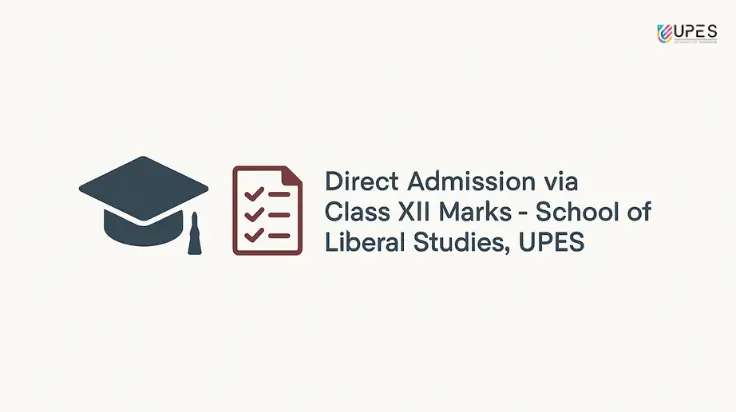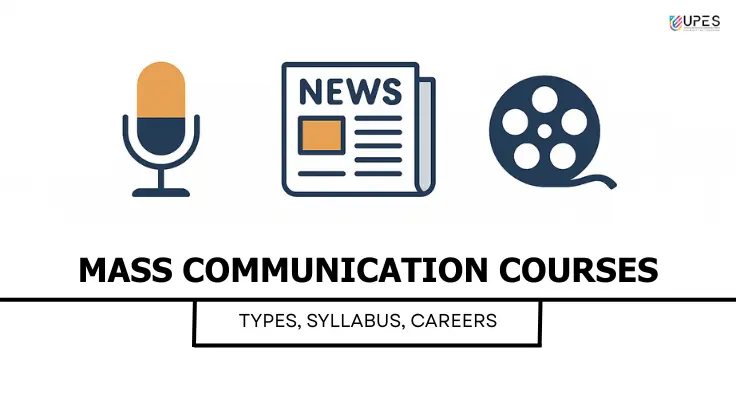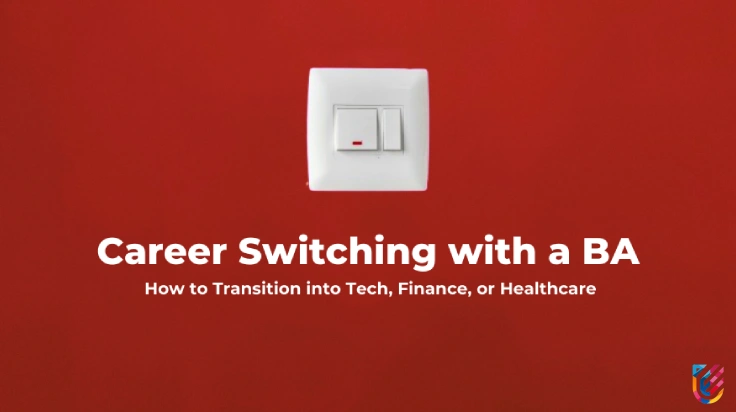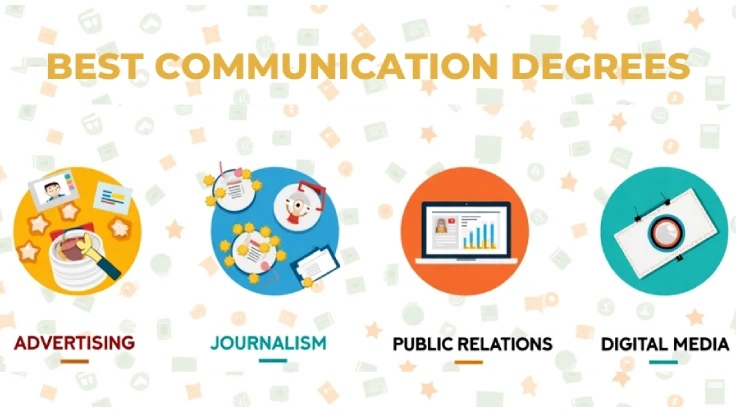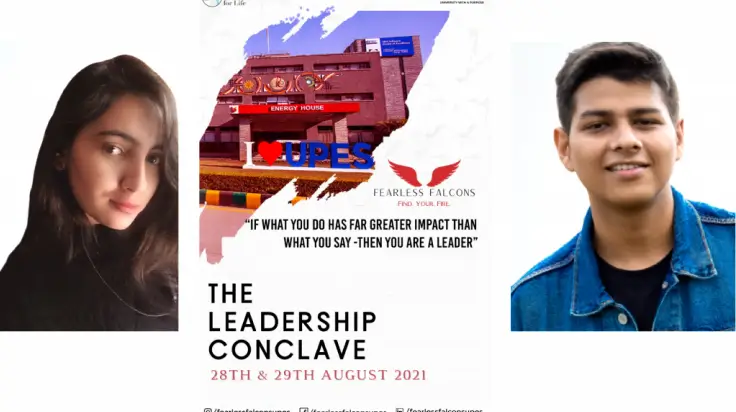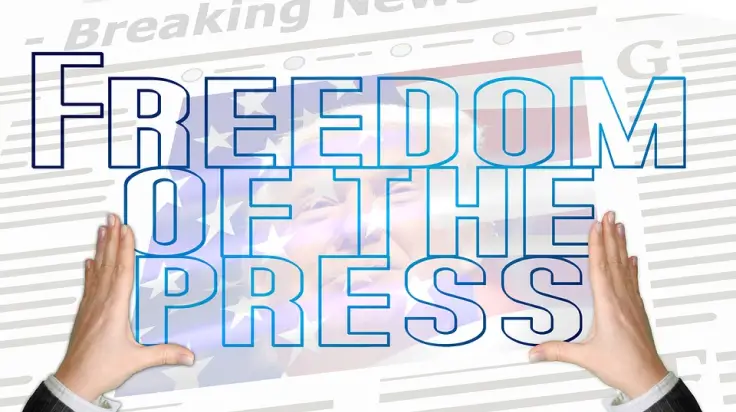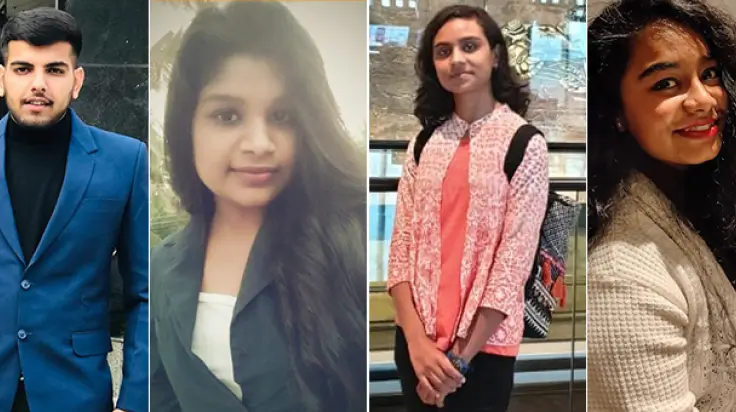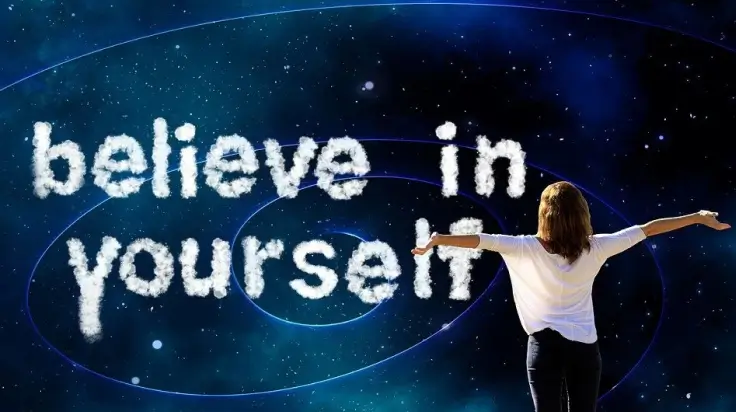The Taboo of Indian Cricket Sponsors
- UPES Editorial Team
- Published 24/10/2024
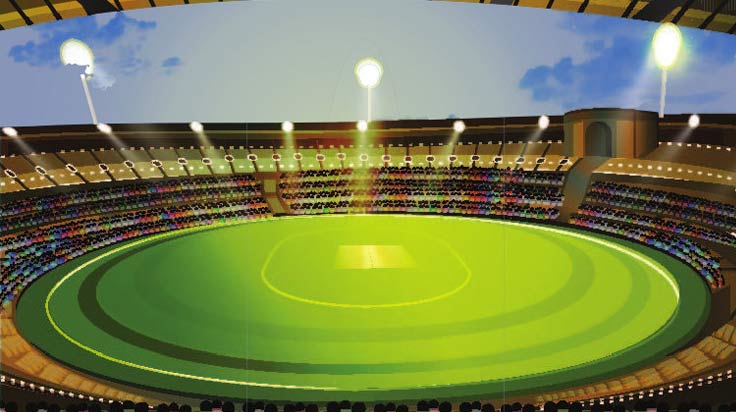
BYJUS, Sahara, Paytm, Star, Dream11. What is common between these companies? Well, if you guessed they all have sponsored the Indian Cricket Team, you are right!
But is that it? No!
These giant brands saw a dismal fate soon after their names started appearing on the Indian Cricket Team’s jerseys. Coincidence? Or, was there something more sinister at play here? In this article, I will uncover which brands sponsored the Indian cricket team, the reasons for their downfall, why brands shell out so much money on sponsorship in the first place, and most importantly, answer the burning question: Is sponsoring the Indian Cricket Team a bad omen?
The First Sponsor: Wills’ Journey and Exit
It was the 1996 Cricket World Cup when fans started seeing the Wills logo on the first-ever coloured jersey of the Indian team. They were the first lead sponsor, also known as the sleeve sponsor of the team.
At that time, the World Cups were sponsored by business houses, and it was Wills again that sponsored the 1996 event. As a lead sponsor, Wills saw India through two World Cups and two mini-World Cups until ICC got the sponsorship rights of the event in 1999. But for those years of their association, Wills became a talking point nationwide amongst viewers, presenting the brand with a lot of visibility, catching the attention of viewers at the stands and more of those at home in front of screens.
So why did they pull out?
The rules for surrogate advertising started becoming stricter, and because of that, Wills had to end its association with the team. Interestingly, before this, the World Cups had been sponsored by all kinds of organisations ranging from insurance companies like Prudential to other tobacco companies like Benson & Hedges apart from Wills.
The Sahara Saga: Legal Troubles and Collapse
First on the list of unfortunate brand associations is the Sahara Group.
In 2001, Sahara bagged the sponsorship rights, and their logo started flashing on the Indian cricket jersey. From financial services to real estate to TV broadcasting, the group ran diverse businesses, but the organization eventually started facing several legal welters leading to the fatal collapse of these business ventures. As per a news article published in PTI, nearly 3 crore investors were scammed by Sahara finances, to which they were eventually found guilty and were asked by the Supreme Court to pay around Rs. 25000 crores to them.
The association ended in 2013. Amul covered this news with a witty ‘ye bechare, bina sahare’ poster. That is known as Moment Marketing, and Amul has always been pretty good at it. Fast forward to 2014, Sahara chief Subrata Roy, along with two directors, were sent to Tihar Jail. In 2014, Star TV bagged the team sponsorship for the next three years. As per The Economic Times, Star TV's association with the Indian cricket team spanned from 2014 to 2017 when they were shelling out INR 1.92 crore per match.
Star TV's Roller Coaster Ride
Well, this was after they had got a 40% discount on the sponsoring rights. Mind-boggling, right? Makes me think, about how much money Sahara was paying during their term. The Star saga gets more interesting here, just like their soap operas. Interestingly, Star had also bought the broadcasting rights of BCCI matches at INR 3851 crore as per a report in Business Today.
Since they had both broadcasting and team sponsor rights, it put them in an interesting position where other stakeholders felt Star could be giving an added advantage to themselves. It is like Spotify running its own ads on Spotify! So, Star had to withdraw its team sponsorship contract as it prompted undue advantage over other sponsors. But their fate took a turn for the worse with respect to Indian cricket once Disney took over Star India. They no longer had the right to independently broadcast the Indian Premier League (IPL).
This affected the finances of the company, and then the eventual arrival of Jio in the streaming league made matters worse in the coming years.
Oppo's Short-lived Stint
Then came the year 2017 when Oppo became the official sponsor of the Indian cricket team. Their tagline “Inspiration Ahead” didn’t sit well for them as their stint lasted only two years.
While China was getting its hands on several India-associated sports ventures, the growing India-China tension saw our government putting restrictions on Oppo. Any chance left for the revival of the firm and its association went down the drain with the infamous Galwan clash with China.
BYJU’s Boom and Bust
In 2019, BYJUs, the ed-tech firm, took over from Oppo with a $55 million deal. For them, it was a good collaboration as the startup was on the up.
Why so? Because they had just secured a whopping $785 million from several investors like Sequoia Capital India, Qatar Investment Authority, and Chan Zuckerberg Initiative (CZI) amongst others.
The company had so many series of funding untouched that it could have gone for years without falling short of money. Yet down the years during their sponsorship stint, it was in the news for all the wrong reasons. The firm's mass layoffs raised many concerns when they were able to pay $5-7 million annually to football superstar Lionel Messi to be the brand ambassador of its social media extension. Even this effort could not save the sinking fate of the company as it would go on to cut its tie with the Indian team amidst constant financial losses. Even currently, BYJUs is facing a lot of trouble with resignations from its auditors, and board members, and delays in financial reporting.
Dream11’s Uncertain Future
The deal ended in 2023, and then came the fantasy sports platform- Dream11. They not only clinched the jersey sponsorship but also the rights for the IPL. They were signed up at $43.7 million, which is a major decrease from the $55 million deal with BYJU’S.
Things were all rosy for the company, but soon the dream (pun intended) shattered when the Indian government decided to levy a hefty 28% Goods and Services Tax (GST) on fantasy sports platforms. This has now put a lot of financial burden on Dream11 as it will become hard for it to maintain its revenue stream while shelling out so much money into sponsorship. This situation has now generated a big cloud of doubt on whether they will continue their association with the Indian cricket team.
The Lure of Sponsoring Indian Cricket
Just like the Super Bowl in the US or the Champions League in Football, the IPL is one of the, if not the most, lucrative windows for businesses who want to put their brand or product in front of a majority of households. The same goes for the cricket World Cup, traditionally with ODIs and now with T20s every two years.
Brands are fighting for TV spots, sponsorships, and collaborations to leverage this phenomenon as cricket is now being played more than ever. If that’s not enough, the sponsors have so many chances to be in your living rooms now. The addition of a strategic timeout of two-and-a-half minutes, twice in an inning of a T20 match, provides more room for brand advertisements, and sponsors can leverage it to their advantage.
Even the pitches suit high-scoring matches, making sure that the game goes on for the entire span of the stipulated time, as low-scoring matches would eventually reduce the match span and subsequently lesser exposure for the brand. Sports channels would re-run old matches, highlights, sneak peeks, analysis, etc., and that again gives these sponsors more than enough screen time to get a decent ROI on the money they have put into sponsoring the great Indian cricket team.
Is Sponsoring Indian Cricket a Risky Affair?
But once again, the real question is whether brands are still willing to be Indian cricket sponsors given the history of their predecessors is not so flowery, to say the least. So, here’s what I think about this decades-long episode from a purely business point of view.
Most of these brands did face a bad ending, but there’s more to it than what meets the eye. For example, it wasn’t just Wills that faced the heat of strictness on surrogate ads; it was the entire tobacco division, and as a result, they too were in the crossfire. What Sahara did was a crime anyway. Duping investors of their hard-earned money isn’t going to give you a Nobel Peace Prize. The fact that they thought they could get away with it is itself an indication that no matter how big or strong your ties are, the law is going to get you back.
For Star India, their contract with BCCI had tied up their hands, resulting in them no longer having the rights to broadcast IPL independently. There were two major reasons for parting ways. The first was citing the uncertainty around cricket. As unrealistic as it sounds now, ICC and BCCI did have some conflicts or lack of clarity, as they say, on the revenue-sharing model. As a result, Star thought of pulling out as a safe option. The other reason, which is not said out loud, was the conflict of interest as Star was both broadcasting as well as the jersey sponsor for the team.
For OPPO and BYJUs, once again, it would be a lazy analysis to think of it as a jinx with the Indian cricket team. The China clashes made life difficult for not just OPPO but all other major Chinese brands who were doing well in the country. As for BYJUs, from misfiring marketing strategies where they were spending over 30% of their revenue on advertisement, to questionable accounting practices and excessive fund-raising without profitable returns, their fall was imminent.
Dream11 is now facing a new challenge with the heavy GST burden, which could potentially impact its finances. Whether this will lead to another example of the ‘Indian cricket sponsor jinx’ or if Dream11 can navigate through these challenges remains to be seen.
In conclusion, while the history of Indian cricket team sponsors seems riddled with unfortunate events, it's crucial to analyse each case independently. External factors, poor business decisions, and regulatory challenges played significant roles in the downfall of these companies, rather than a simple sponsorship curse. Brands continue to see immense value in associating with Indian cricket, given the sport's massive reach and engagement in the country. The only downside, is that your name is always highlighted and any wrongdoing of any stature or even the slightest controversy will cause you severe backlash.
UPES Editorial Team
Written by the UPES Editorial Team
UPES Admission Enquiry
Subscribe to UPES Blogs
Join our community for exclusive stories, insights, and updates
By clicking the "Subscribe" button, I agree and accept the privacy policy of UPES.









